3 peat alternatives for growing flowers – experts share sustainable ways to create a thriving garden in bloom
Sustainable flower growing can be easier to achieve than you might expect

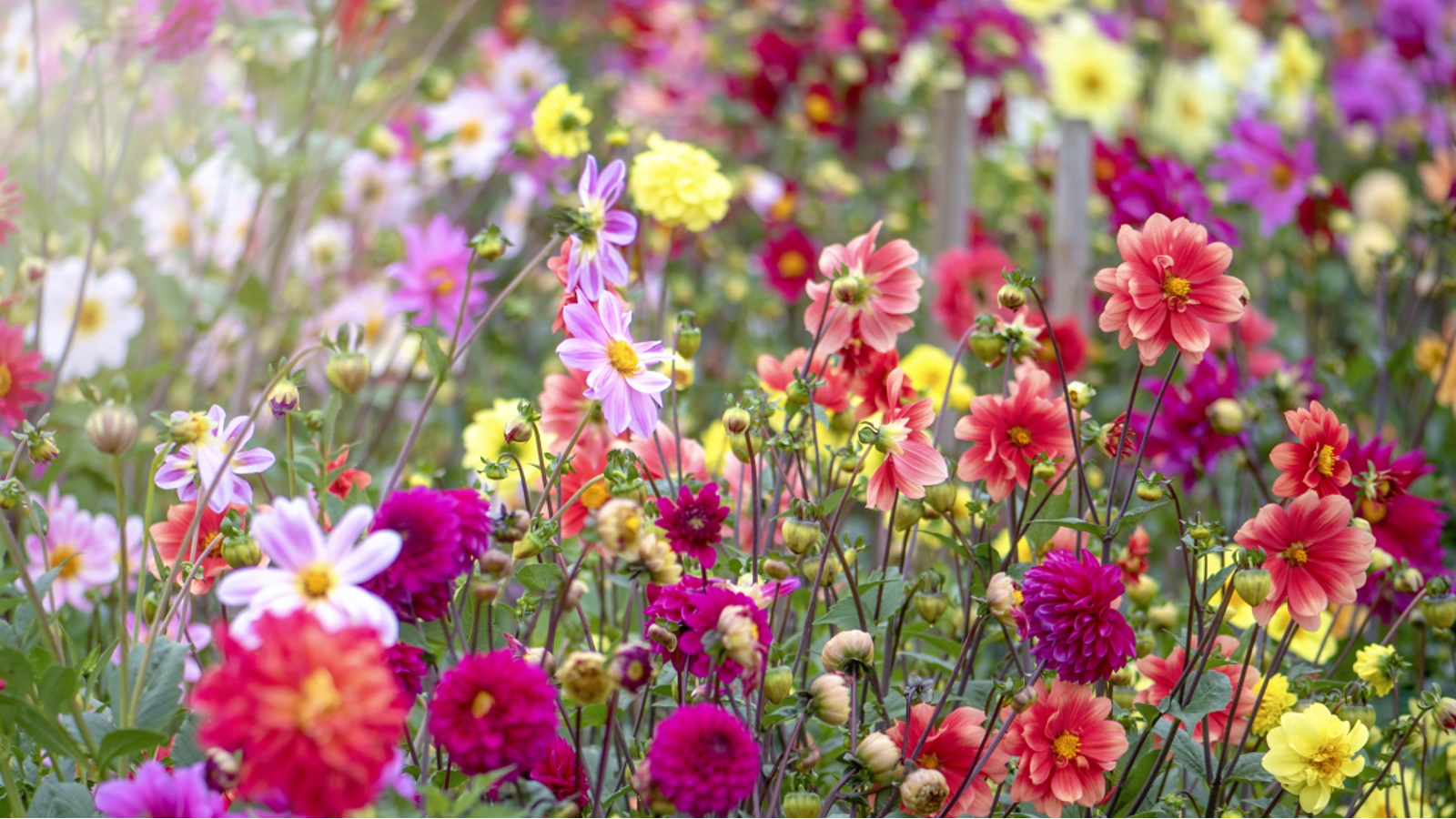
There's no doubt that more of us are thinking carefully about the choices we make in the garden. While it's easy to assume gardening can only be positive for the environment, there are some aspects of common gardening practices that aren't entirely eco-friendly.
Whether you're planning a cut flower garden or are starting out with the easiest flowers to grow from seed and want to explore eco-friendly garden ideas, take into consideration what you use to grow flowers. For a long time peat has been popular for growing plants, due to its high nutrient value. However, harvesting peat releases carbon into the atmosphere, which is why many are now seeking peat alternatives for growing.
Here, I've called on the advice of expert flowers growers who share why we should opt for peat alternatives and suggest three for you to try when growing flowers.
Why go peat-free?
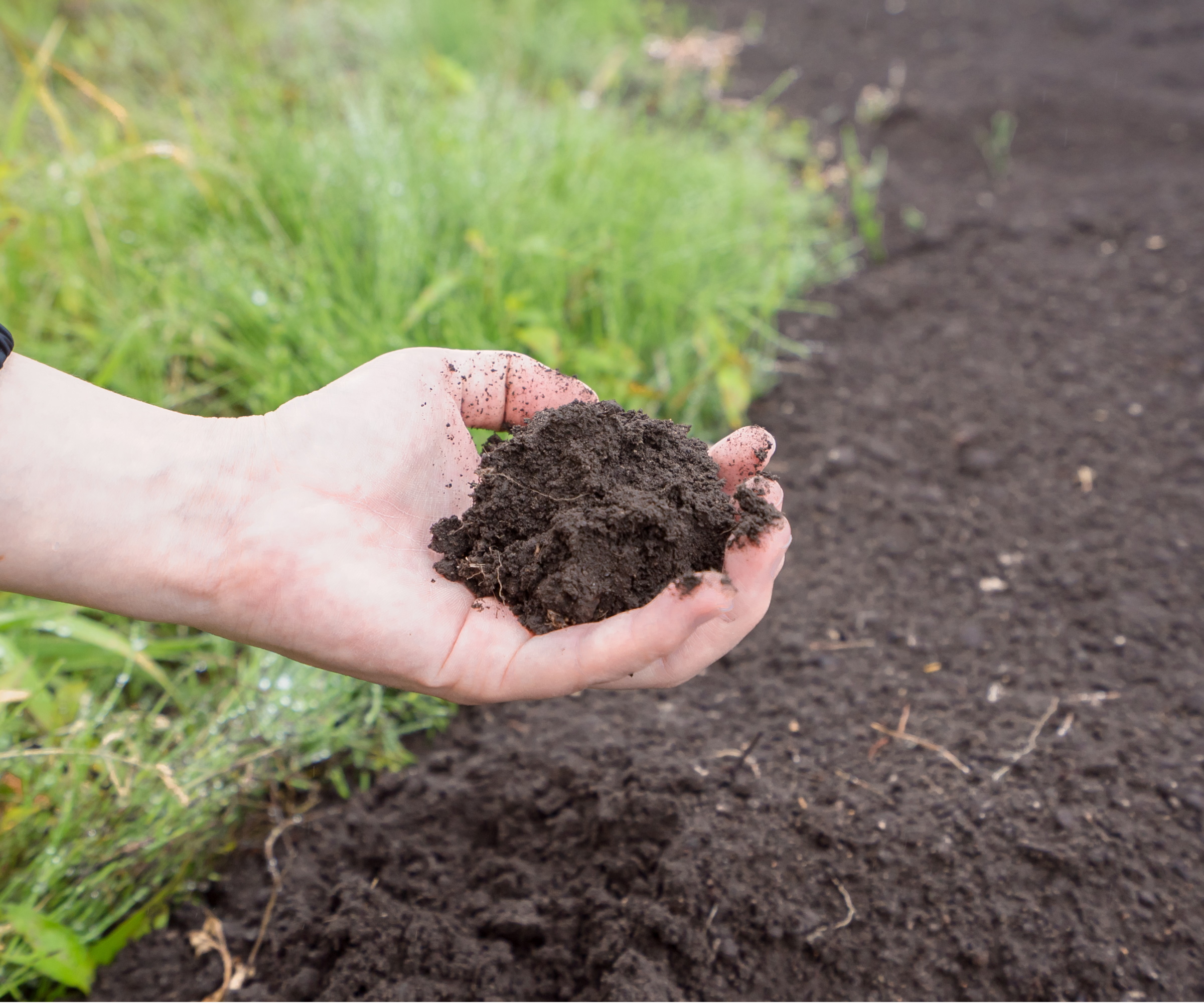
'Peat-free' has become a bit of a buzzword in the gardening world, and you may be asking yourself what it really means. The first thing you need to know is what peat actually is.
Peat is an organic layer of soil that forms from decomposed material, largely decomposed plants. This means it has plenty of nutrients that support plant growth, which is why it is often harvested for growing mediums. However, peat also captures carbon from the decomposed material which is then released when harvested, contributing to warming the air and climate change issues.
'Peat bogs are one of the biggest carbon sinks on the planet. When we harvest the peat from these bogs, we are diminishing an already small resource,' explains Ren Elizabeth, sustainable gardening expert from Eco-Friendly Homestead.
'Not only that, but peat bogs take generations to regenerate, so we are harvesting something that will not replenish itself in our lifetimes - or maybe even in our great-great grandchildren's lifetimes.
Design expertise in your inbox – from inspiring decorating ideas and beautiful celebrity homes to practical gardening advice and shopping round-ups.
'With carbon sequestration being necessary to support the health of our planet, we need to be protecting anything that keeps carbon out of the atmosphere. With the powerful way that peat bogs support carbon storage, it's essential to find an alternative to this resource,' Ren adds.
For that reason, you may be inclined to look for peat moss alternatives and may even be comparing peat moss and coco coir. Look no further as experts have shared below three peat alternatives you can use to grow flowers.
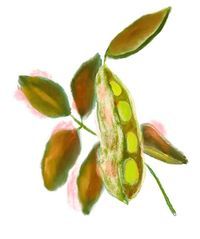
Ren Elizabeth is the steward of a 5 acre homestead, where she tends to gardens, goats, and greenhouses. She is a firm believer in the importance of regenerative gardening as a nature-based solution to climate change. She is the author of the educational blog, ecofriendlyhomestead.com, where she shares information on environmentally sustainable ways to grow food.
3 peat alternatives for growing flowers
Creating the perfect peat alternative medium for growing flowers requires some trial and error, and possibly a range of amendments to provide sufficient nutrients. Here are three peat alternatives to get started with.
1. Homemade compost
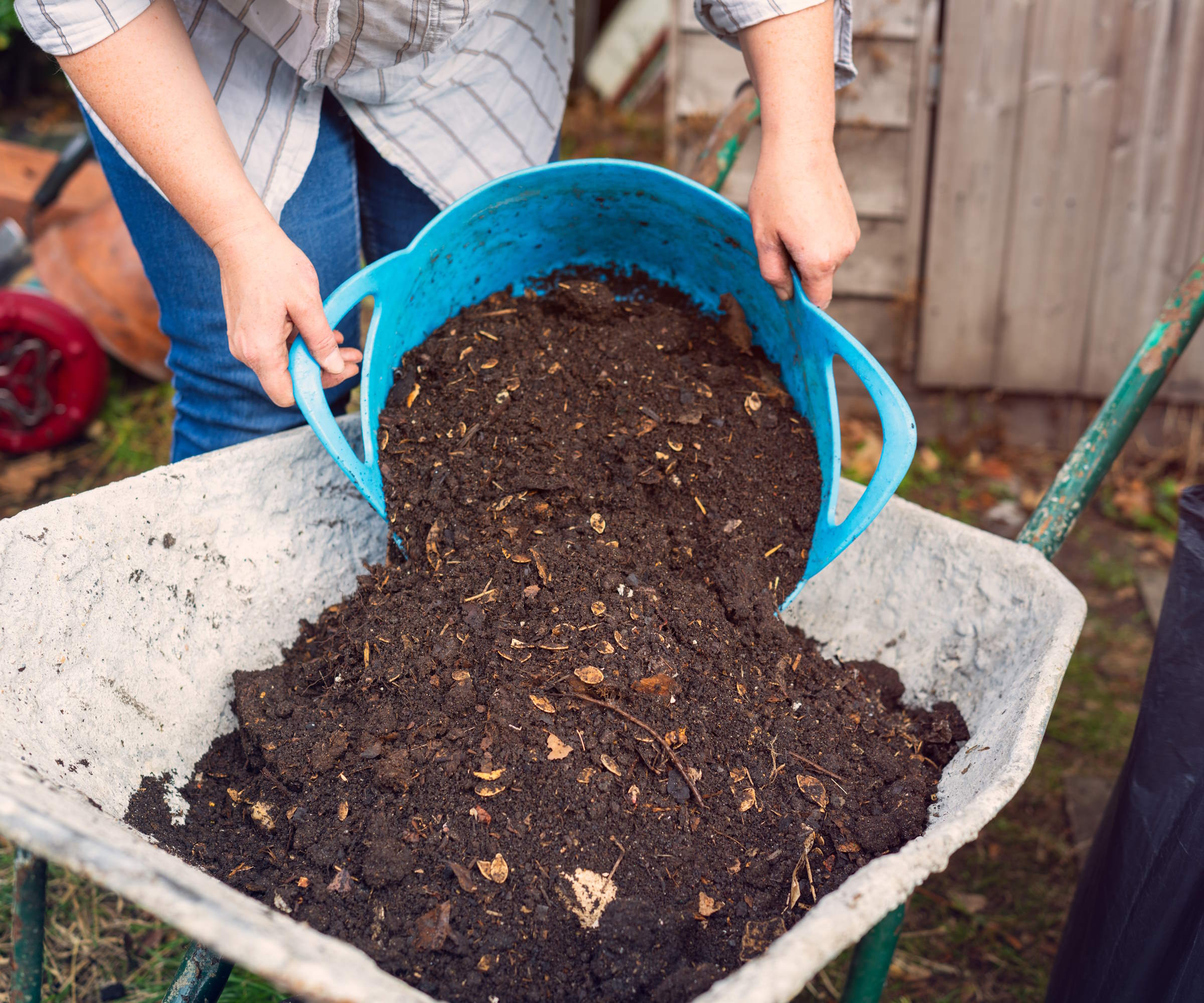
Making your own compost is a rewarding thing to do. Not only does it use up food waste ingredients and other materials, it's also an effective way to nourish your soil.
'Rich in nutrients and microbes, compost is an excellent peat alternative that you can add to your flower pots and beds,' says Ren. 'Not only that, but the act of composting is in itself a sustainable practice,' she adds.
If you haven't made compost before, there are lots of ways to set up a compost bin in your yard. Add in unusual compost ingredients to provide plenty of nutrients that will benefit flower growth - those rich in nitrogen, like coffee grounds and grass clippings, are good to use.
'Ideally, I like to mix compost with some coconut coir and vermiculite for added aeration,' says Meredith Bishop, sustainable flower grower and owner of Bloom and Bounty. 'The compost provides a better nutritional structure for the growing plants, while the coco coir provides great draining and aeration for growing roots,' she explains.
Coco coir is a peat moss alternative that can be found at a range of retailers, like this coco coir from Walmart.
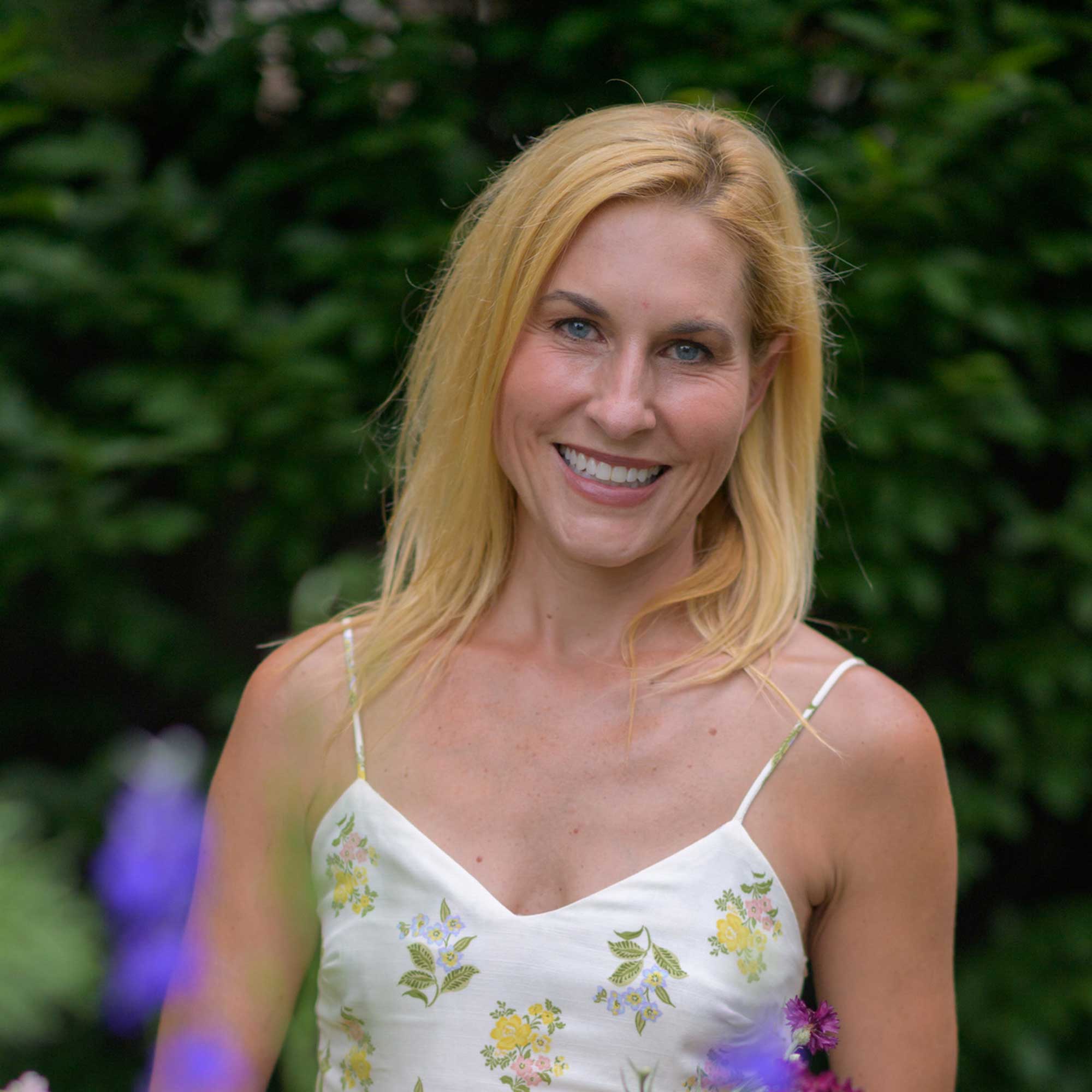
Meredith Bishop is a sustainable flower grower specializing in old-world blooms grown from seed in her gardens in urban Nashville, Tennessee. She also operates a retail design studio in Nashville, and enjoys teaching, speaking and writing about all aspects of flower gardening.
2. Hugelkultur gardening
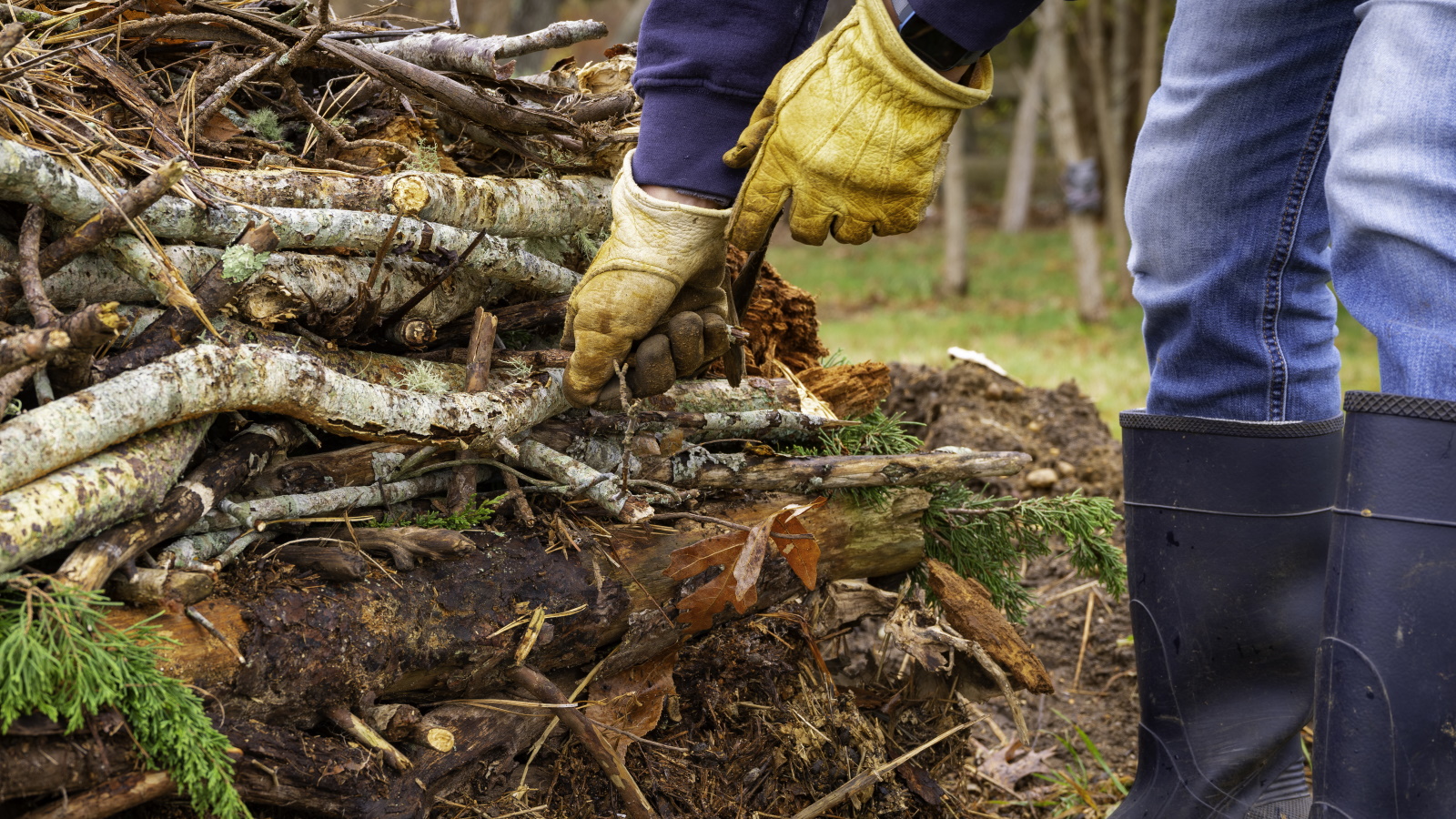
If you're looking to build a raised garden bed, consider an alternative approach that allows you to use a peat-free medium for growing flowers - hugelkultur gardening.
'Perfect for taller raised beds, hugelkultur uses logs, sticks, and wood chips as a base, then layers on organic materials like leaves and broken down manure before topping everything off with some compost,' explains Ren.
This technique originated in Germany and Austria, with 'hugelkultur' being a German translation of 'mound culture.' It essentially involves building a raised bed garden from organic materials, packing a punch in nutrients for your raised bed flowers.
'This is an inexpensive and peat-free way to fill up your raised beds. You will need to top up the beds as the lower layers break down,' Ren notes.
3. Rice hulls
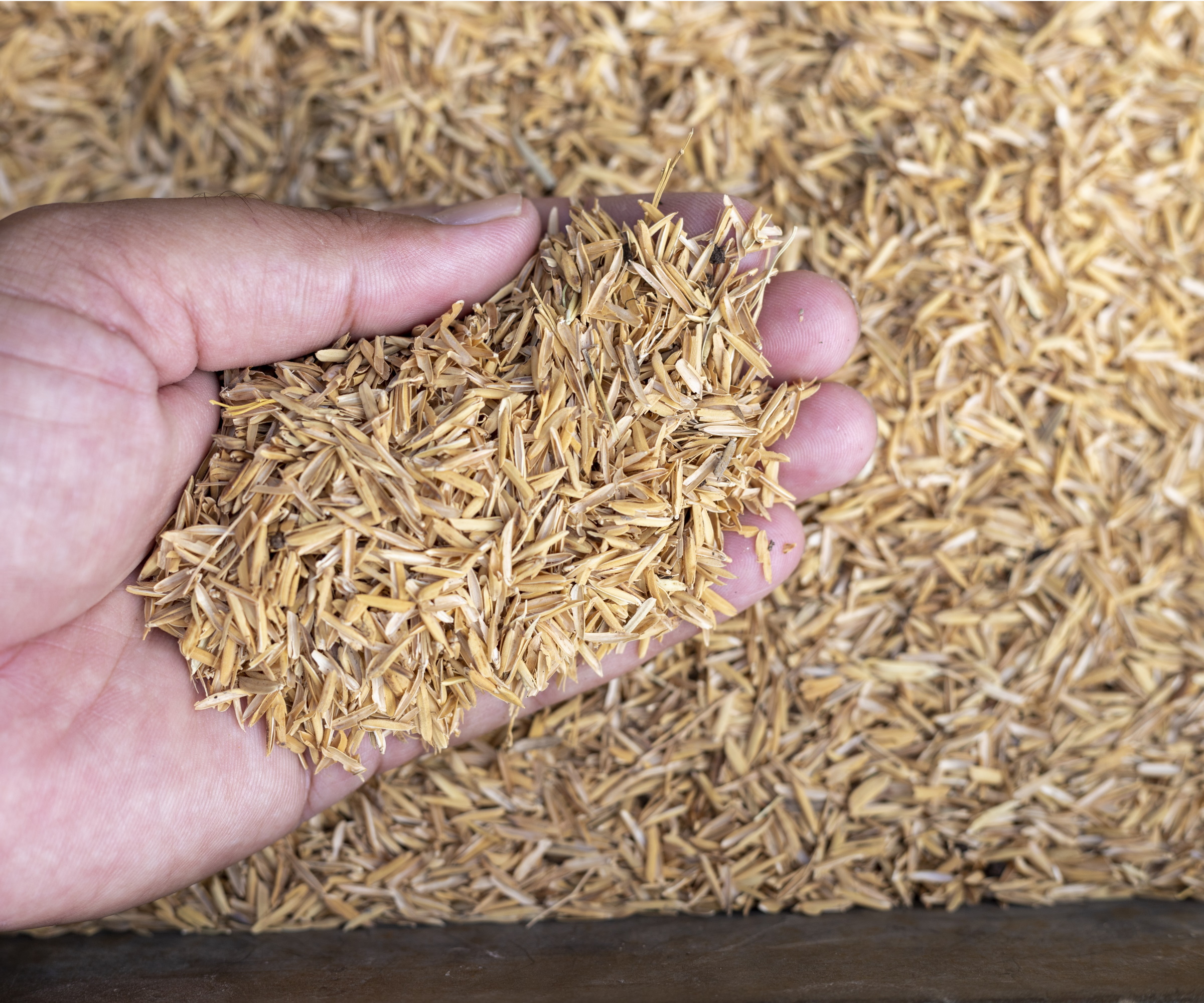
It's no secret that even when starting flower seeds indoors, you need to ensure they have good drainage. Peat compost and peat moss both supply good drainage, but for a more sustainable alternative experts say to try using rice hulls.
Rice hulls are the hard outer cover of rice grains and a by-product of rice milling. They're commonly available online, like these rice hulls from Amazon.
'I've had excellent luck with rice hulls mixed into compost as both a seed starting medium and as part of soil mixes for potted plants,' says Ren.
They're particularly favored for their ability to absorb moisture, as well as the aeration they provide.
'If you have issues with fungus gnats on your potted flowers, mulching the top of your soil with rice hulls is known to be a good solution,' she adds.
FAQs
Can you use leaf mold to grow flowers?
Yes, you can use leaf mold for seed sowing. Leaf mold is made up of decaying leaves, something you can make with fallen leaves in your yard. Its low in nutrients but it holds plenty of moisture for seeds to germinate and develop strong root systems. Once seedlings have developed, you should transplant them into a more nutrient-rich growing medium.
These are just a few of the peat alternatives you can use to successfully grow flowers. Make sure to also read up on seed sowing mistakes to avoid when starting off your flowers, and try using a DIY seed tray to take your sustainable flower growing to the next level.

Tenielle is a Gardens Content Editor at Homes & Gardens. She holds a qualification in MA Magazine Journalism and has over six years of journalistic experience. Before coming to Homes & Gardens, Tenielle was in the editorial department at the Royal Horticultural Society and worked on The Garden magazine. As our in-house houseplant expert, Tenielle writes on a range of solutions to houseplant problems, as well as other 'how to' guides, inspiring garden projects, and the latest gardening news. When she isn't writing, Tenielle can be found propagating her ever-growing collection of indoor plants, helping others overcome common houseplant pests and diseases, volunteering at a local gardening club, and attending gardening workshops, like a composting masterclass.